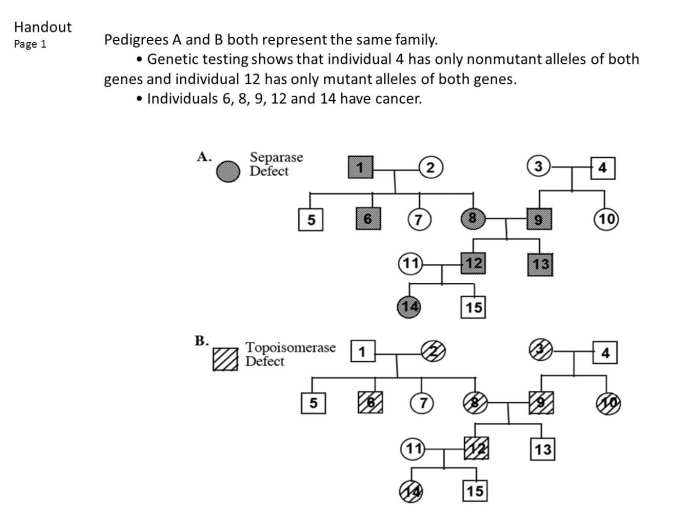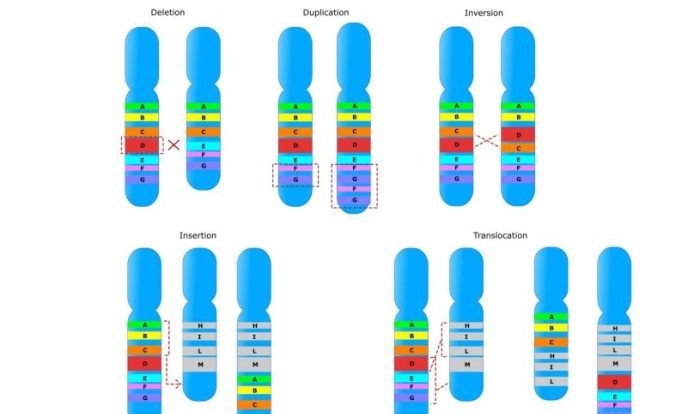Unveiling the mysteries of genetic inheritance, the pedigree chart worksheet with answers serves as an indispensable tool for genealogists, medical professionals, and anyone seeking to trace their family history. This comprehensive guide delves into the intricacies of pedigree charts, empowering readers with the knowledge to create, analyze, and utilize these charts effectively.
From deciphering symbols and notations to understanding inheritance patterns, this Artikel provides a structured roadmap for navigating the world of pedigree charts. With its engaging narrative and practical insights, it equips readers with the tools to unravel the genetic tapestry of their ancestors and gain a deeper understanding of their own genetic heritage.
1. Introduction: Pedigree Chart Worksheet With Answers
A pedigree chart worksheet is a visual representation of a family tree that shows the relationships between individuals and their genetic traits. It is used to track the inheritance of specific characteristics or disorders within a family.
2. Elements of a Pedigree Chart Worksheet
Symbols and Notations
Pedigree charts use standardized symbols and notations to represent different individuals and their relationships:
- Square: Male
- Circle: Female
- Horizontal line connecting a male and female: Marriage
- Vertical line connecting a parent to a child: Offspring
Layout and Organization
Pedigree charts are typically organized in a hierarchical manner, with the oldest generation at the top and subsequent generations below. Each individual is assigned a unique identification number or symbol.
Key Information, Pedigree chart worksheet with answers
It is important to include key information on a pedigree chart, including:
- Names of individuals
- Dates of birth and death
- Relationships between individuals
- Medical history and genetic traits
3. Creating a Pedigree Chart Worksheet
Step-by-Step Guide
To create a pedigree chart worksheet:
- Gather family history information from interviews, medical records, and other sources.
- Identify the trait or disorder being tracked.
- Assign symbols to represent each individual.
- Draw the family tree, starting with the oldest generation.
- Include key information such as names, dates, and relationships.
4. Using Pedigree Chart Worksheets
Pattern Identification
Pedigree charts can be analyzed to identify patterns of inheritance:
- Autosomal dominant: Trait appears in every generation with affected individuals.
- Autosomal recessive: Trait only appears when both parents carry the recessive allele.
- X-linked dominant: Trait is more common in females and is passed from affected males to all their daughters.
- X-linked recessive: Trait is more common in males and is passed from carrier females to half of their sons.
Genetic Counseling and Medical Research
Pedigree charts are used in genetic counseling to:
- Assess risk of inherited disorders
- Plan for genetic testing
- Provide information about genetic conditions
- Family with autosomal dominant trait (e.g., Huntington’s disease)
- Family with autosomal recessive trait (e.g., cystic fibrosis)
- Family with X-linked dominant trait (e.g., Fragile X syndrome)
- Family with X-linked recessive trait (e.g., hemophilia)
- National Human Genome Research Institute: https://www.genome.gov/genetics-glossary/Pedigree
- University of Utah: https://healthcare.utah.edu/genetic-services/pedigree-chart-symbols/
- Online Mendelian Inheritance in Man (OMIM): https://omim.org/help/pedigree
5. Examples of Pedigree Chart Worksheets
Examples of completed pedigree chart worksheets include:
6. Resources for Pedigree Chart Worksheets

Online resources, templates, and tools for creating pedigree chart worksheets include:
Clarifying Questions
What is the purpose of a pedigree chart?
A pedigree chart visually represents the genetic relationships within a family, allowing for the analysis of inheritance patterns and the identification of genetic traits.
What information is typically included in a pedigree chart?
Pedigree charts typically include names, dates, symbols denoting gender and relationships, and information on genetic traits or medical conditions.
How can pedigree charts be used in genetic counseling?
Pedigree charts are valuable tools in genetic counseling, helping counselors assess the risk of inherited disorders, provide personalized genetic advice, and plan for future pregnancies.
